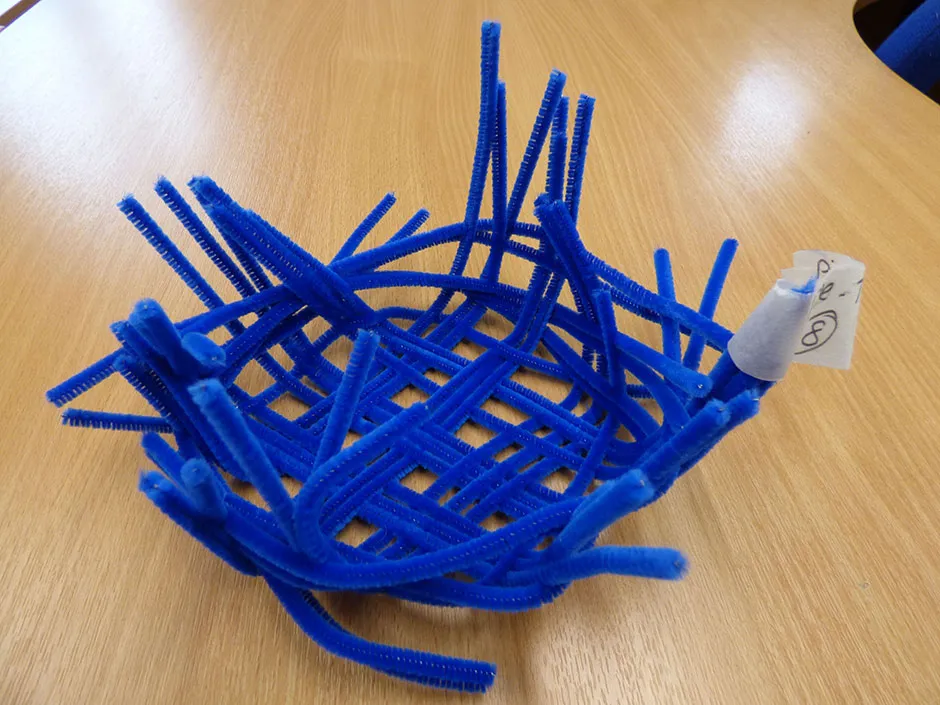Humans evolved the ability to teach when they began relying increasingly on more complex tools, a study suggests.
Scientists say the process of social learning through technological innovations across generations – known as cumulative cultural evolution – is key to the success of the human species, but its origins have remained a mystery.
A team led by the University of Exeter has found that this specialised learning process in humans co-evolved with the dependency on complex tools. They said when early humans developed more intricate instruments, natural selection began to favour those who could teach.
Read more about human evolution:
- Viruses: their extraordinary role in shaping human evolution
- Humans are evolving an extra artery in the arm
- Are humans still evolving?
“Humans have an unrivalled ability to pass knowledge down the generations," said Dr Alex Thornton, of the Centre for Ecology and Conservation at Exeter’s Penryn Campus in Cornwall.
“Traditional theories assumed that cumulative cultural evolution requires specialised processes, like teaching, to transmit information accurately, but this cannot explain why these processes evolved in the first place. Our aim in this study was to test the hypothesis that these processes gradually ‘co-evolved’ with an increasing reliance on complex tools.”
As part of the study, the researchers recruited more than 600 people, who formed “chains”.They were tasked to develop either a simple tool – a boat made of waterproof paper – or a more complex tool – a basket made of pipe cleaners.Both tools were then used to carry marbles and success was measured by the number of marbles each tool carried.

The chain involved 10 “generations”, where 10 versions of the tools were created, with improvements made across each generation. Each participant either saw the tool made by the previous person in the chain, watched the previous person make the tool, or spoke to the previous participant as part of the learning process.
“Simple and complex tools generally improved down the ‘generations’, and for simple tools this improvement was about the same in all three study conditions," said Dr Amanda Lucas, of the University of Exeter.
“With complex tools, teaching consistently led to more improvement compared to other conditions. Teaching seemed to be particularly useful in allowing new, high-performing designs to be transmitted.”

Dr Alex Thornton continued: “The effects we found were gradual – but the idea here was to look at the origins of cumulative cultural evolution, and over many generations these gradual improvements would add up.
“Our findings point to an evolutionary feedback loop between tool-making and teaching. This suggests that our ancestors could have started to make modest cumulative improvements to simple tools without the need for teaching, but as tools became more complex, teaching started to become advantageous.
“The evolution of improved teaching skills would in turn allow the production of even more complex and effective tools.”
The findings are published in the journal Proceedings of the Royal Society B.
Reader Q&A: Why did the Neanderthals go extinct?
Asked by: Kevin Simpson, Durham
The spread of modern humans across Europe is associated with the demise and ultimate extinction of Neanderthal populations 40,000 years ago, likely due to competition for resources.
While the jury is still out on whether or not Neanderthals and modern humans differed in cognition, the ability of a small number of humans to replace a larger population of Neanderthals may have been due to a higher level of culture – our power to develop and pass on knowledge of better tools, better clothing, or better economic organisation.
Interbreeding may also have lent us an advantage. Between 1 and 4 per cent of the DNA of all living humans (except sub-Saharan Africans) is Neanderthal in origin.
Read more:
